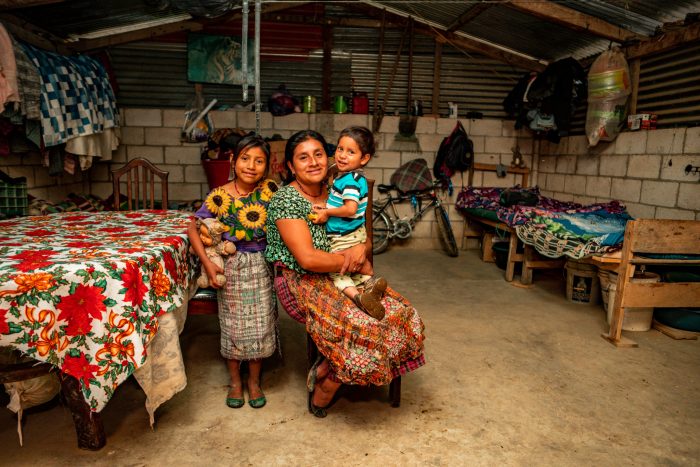Concrete is a key enabler of a resilient and sustainable built environment. It combines durability, resilience to climate-related and natural disasters, cost-effectiveness and widespread availability. Without it, much of the modern world would not have been built – and much of what is still required to achieve sustainable development could not be built.

UN Sustainable Development Goals
UNOPS, a UN agency, has published a report which identified that the built environment supports society in reaching 92% of the 169 targets in the 17 UN SDGs. This 92% figure derives from consideration of all parts of the built environment: infrastructure (water, waste, energy, transport and digital communications), buildings and facilities. Concrete is fundamental to these assets and hence concrete is key to delivering the vast majority of UN sustainable development goals.
Infrastructure
All infrastructure is reliant on concrete, not least because its versatility means it can be used to construct foundations, wind turbine masts, bridges and pavements etc. An example of infrastructure for which concrete is essential is that it is needed to meet the targets under SDG6 “Clean Water and Sanitation”. Concrete has the requisite inherent properties that enable it to be used for dams, reservoirs, water treatment works and pipelines for potable water and wastewater. Concrete is also available at the scale required and is cost effective.
Housing

Provision of safe and resilient housing in emerging economies is an important and significant challenge. At its simplest, it is the provision of concrete floors to replace dirt floors. This has been shown by the World Bank to be one of the most cost effective ways to help alleviate poverty and raise health outcomes. In one such initiative launched in 2022, GCCA Partner, Inter-American Cement Federation (FICEM) in alliance with Habitat for Humanity and other partners, has already benefited more than 4,000 families in Colombia, Ecuador, Guatemala, Honduras, Nicaragua and the Dominican Republic and improved the health and quality of life for 21,000 people.
Environmental Product Declarations
EPDs allow producers to transparently and objectively show the environmental impact of their products across a number of key metrics, including global warming potential, which is commonly referred to as carbon footprint. EPDs are fundamental to low carbon procurement such as the UN sponsored Industrial Deep Decarbonisation Initiative (IDDI) in which the GCCA is playing a key role, through development of definitions for concrete with low carbon emissions and near zero carbon emissions. The GCCA has developed an Industry EPD Tool. It is a web-based calculation tool for EPDs of aggregates, clinker, cement, concrete, and precast elements. It is fully verified as complying with relevant standards. From July 2023, WAP Sustainability, a GCCA partner, began providing an EPD on-Demand service which uses the GCCA’s EPD calculation engine.
Resilience and Concrete

The choice of construction material can impact on whole project resilience in a manner that is not always recognised or understood. The most used man-made substance is concrete and one of the reasons for this is its inherent resilience against many hazards. It can resist fire, wind and water. It will not rot, warp or be eaten. Engineered structures built using concrete perform well when subjected to impact, blast and extreme weather events, such as hurricanes, typhoons, cyclones and tsunamis. It is also the most durable of major structural materials. Concrete’s durability results in reduced ongoing maintenance and lower replacement rates compared with other materials.